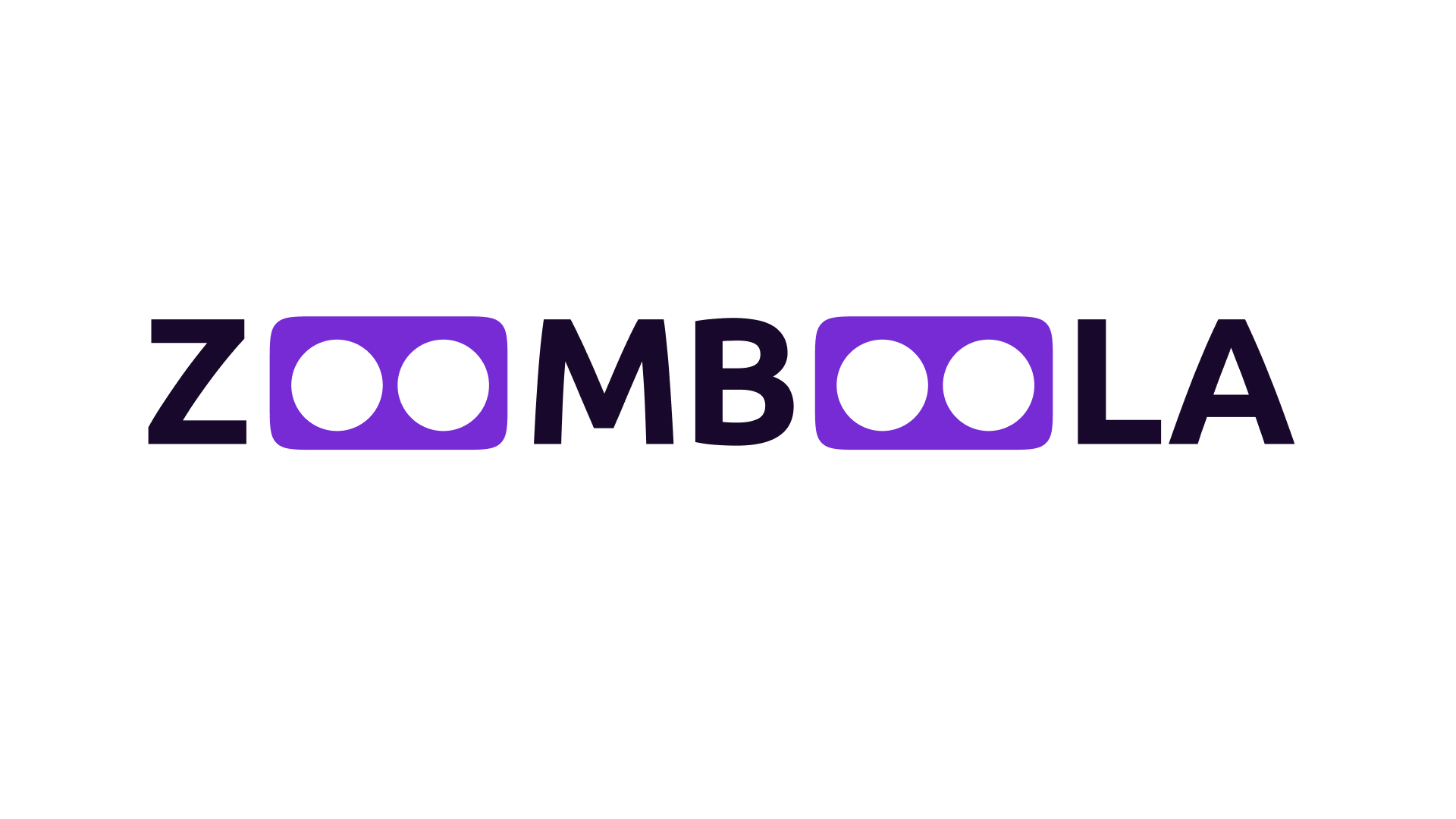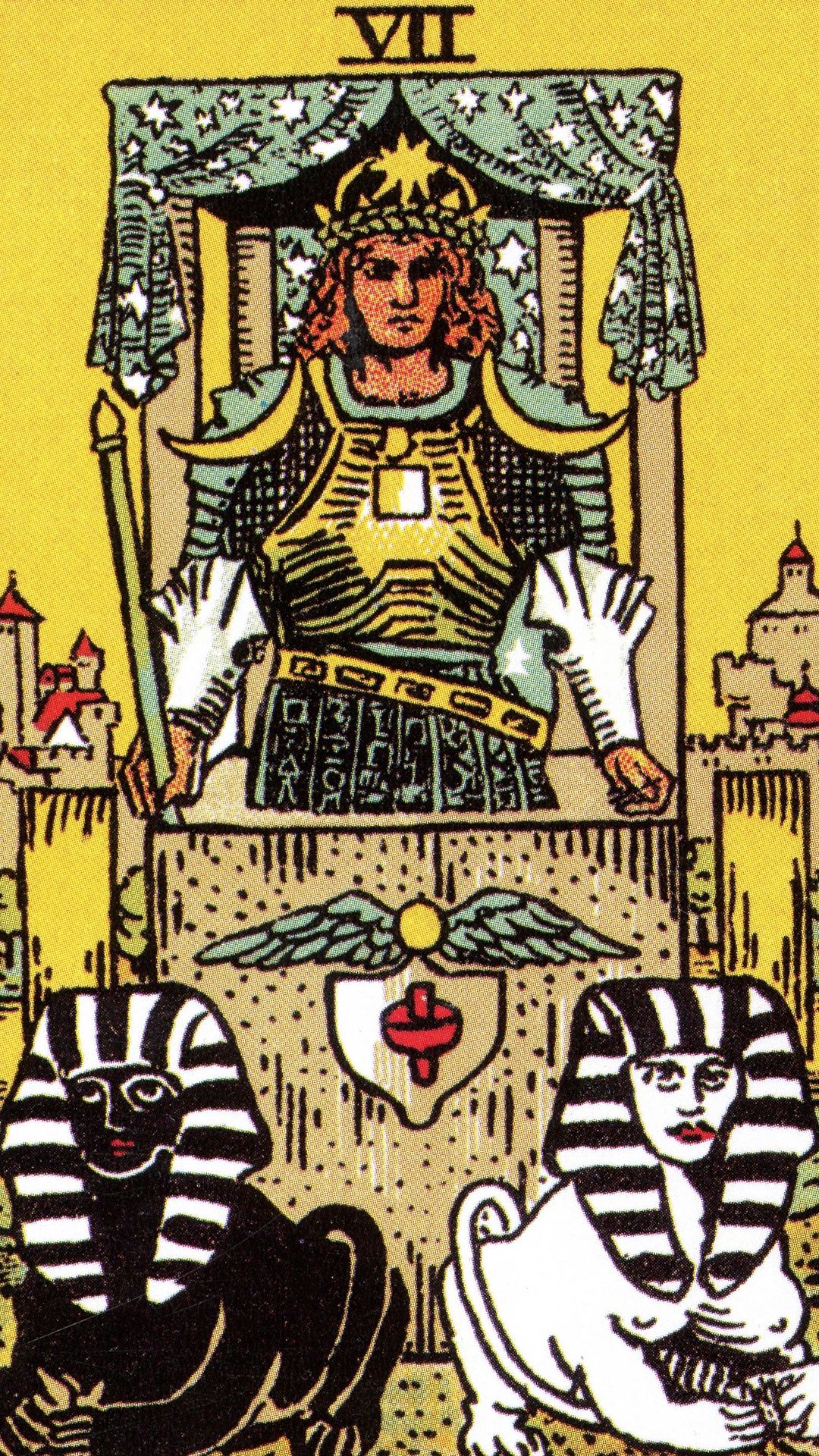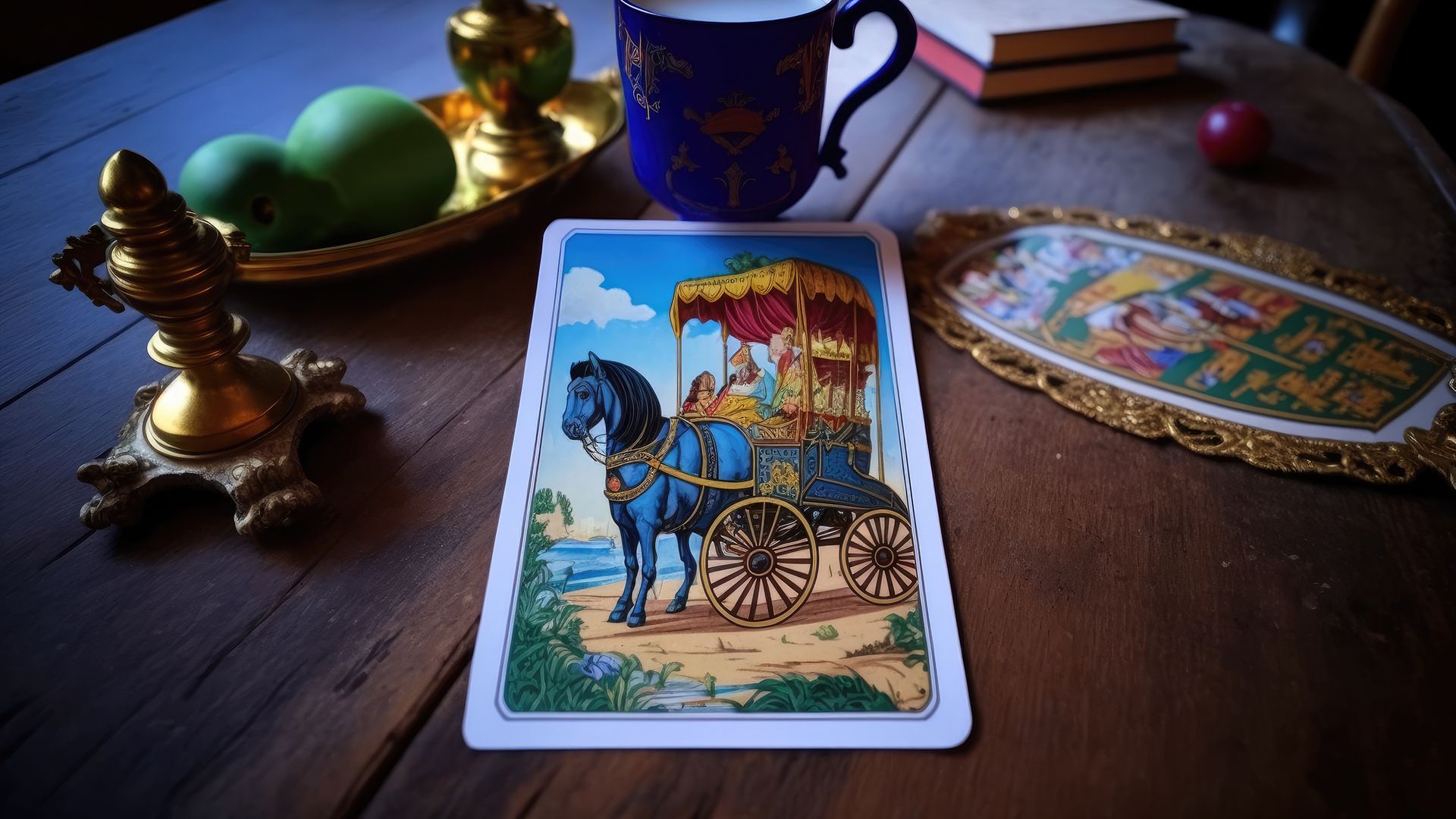
Archetype of the Chariot Card
The Chariot archetype connects to victory, forward momentum, pursuing your vision, plus maintaining control and balance.- Movement. The Chariot represents motion and swift transitions. It can also signal that you need to prepare for life changes.
- Balance. The Chariot also emphasizes taking control of your life and finding balance. You need to know your destination and the steps required to reach your goals.
- Control. The Chariot brings the concept of self-control: you must manage your emotions and resist fear—only then will success come.
- Triumph. By turning your emotions and thoughts into a unified force, and learning to leverage both strengths and weaknesses, you'll definitely reach your goals.
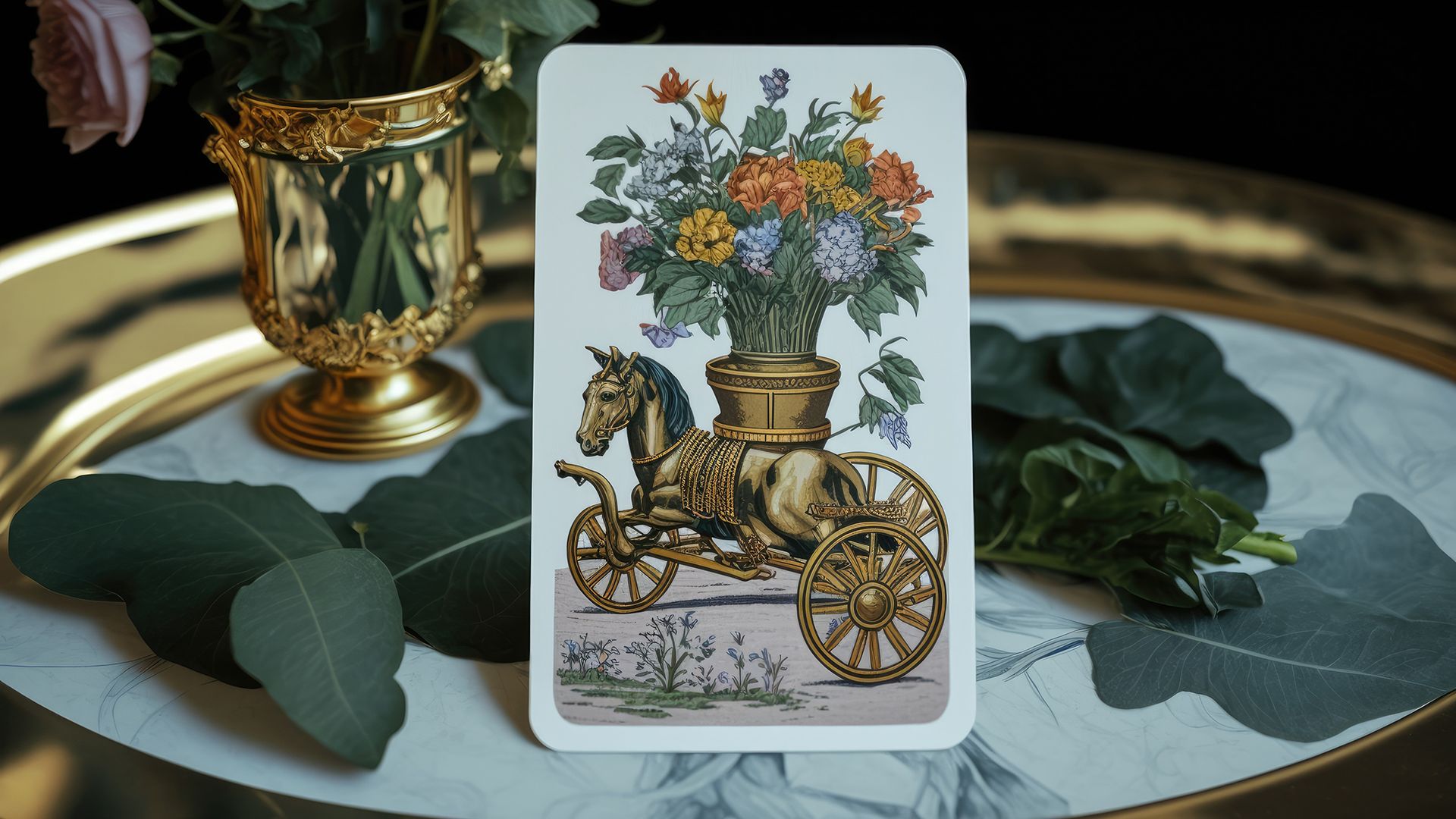
The Symbolism of the Chariot Card
The Chariot in the classic Rider-Waite deck stands as one of tarot's most powerful and meaningful cards.The card shows a chariot that symbolizes forward movement, progress, and chasing new ventures—representing life's ongoing cycle. The Chariot can also embody the material world, where you must clearly understand your direction and actions.
Two sphinxes pull the chariot—one black, one white. The black sphinx embodies melancholy and lost enthusiasm for life. The white sphinx represents vitality and inner light. This pair captures the contradictions living within every person. They symbolize two personality aspects that must collaborate for success. They also underscore the need to control emotions without giving in to fear, plus the importance of balancing different life areas.
There's also a nod to the sphinx's riddle, which only the wise can answer. Since the sphinxes pull the chariot, the charioteer has clearly solved this puzzle, demonstrating intelligence and mental sharpness. The charioteer sports a laurel wreath—historically given to winners.
The Chariot's visual elements—colors, shapes, and figures—amplify its symbolism. Yellow represents energy and dynamism. The charioteer's blue clothing symbolizes spirituality and wisdom. The chariot's color suggests stability and grounded energy.
The Key Meaning of the Chariot Card
This card's essential meaning boils down to movement, control, and balance.The Chariot's primary meaning involves moving toward something significant, despite any obstacles. The card may signal that you need to prepare for major changes and fresh opportunities.
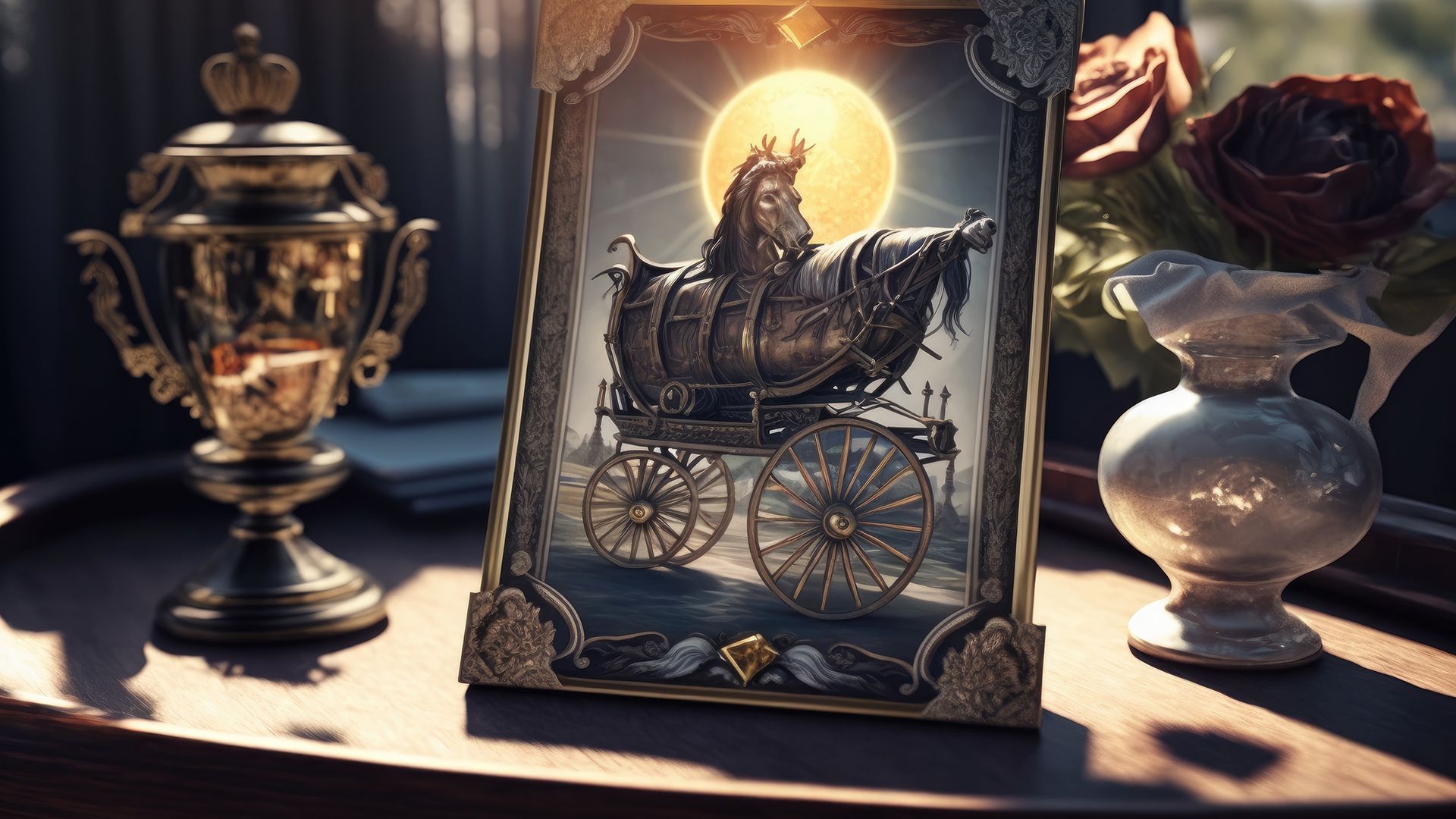
The Chariot can signal peak enthusiasm for an idea, flooding you with energy, future optimism, and fearlessness toward challenges.
General Meaning of the Chariot Card in the Upright Position
When the Chariot card shows up upright in a reading, it typically signals:- Progress in an endeavor, changes.
- New opportunities that you can't afford to pass up.
- Moving into your next chapter.
- Victory and triumph - you're crushing your goals and finishing what you started.
General Meaning of the Reversed Chariot Card
The Reversed Chariot tells a different story:- Stagnation, delays, difficulties on the path to your goals.
- Lack of confidence, instability, chaos in life.
- You're losing your balance - emotions are taking over, and self-doubt is creeping in.
- Fear of new opportunities, concerns about the future.
- Defeat or failure.
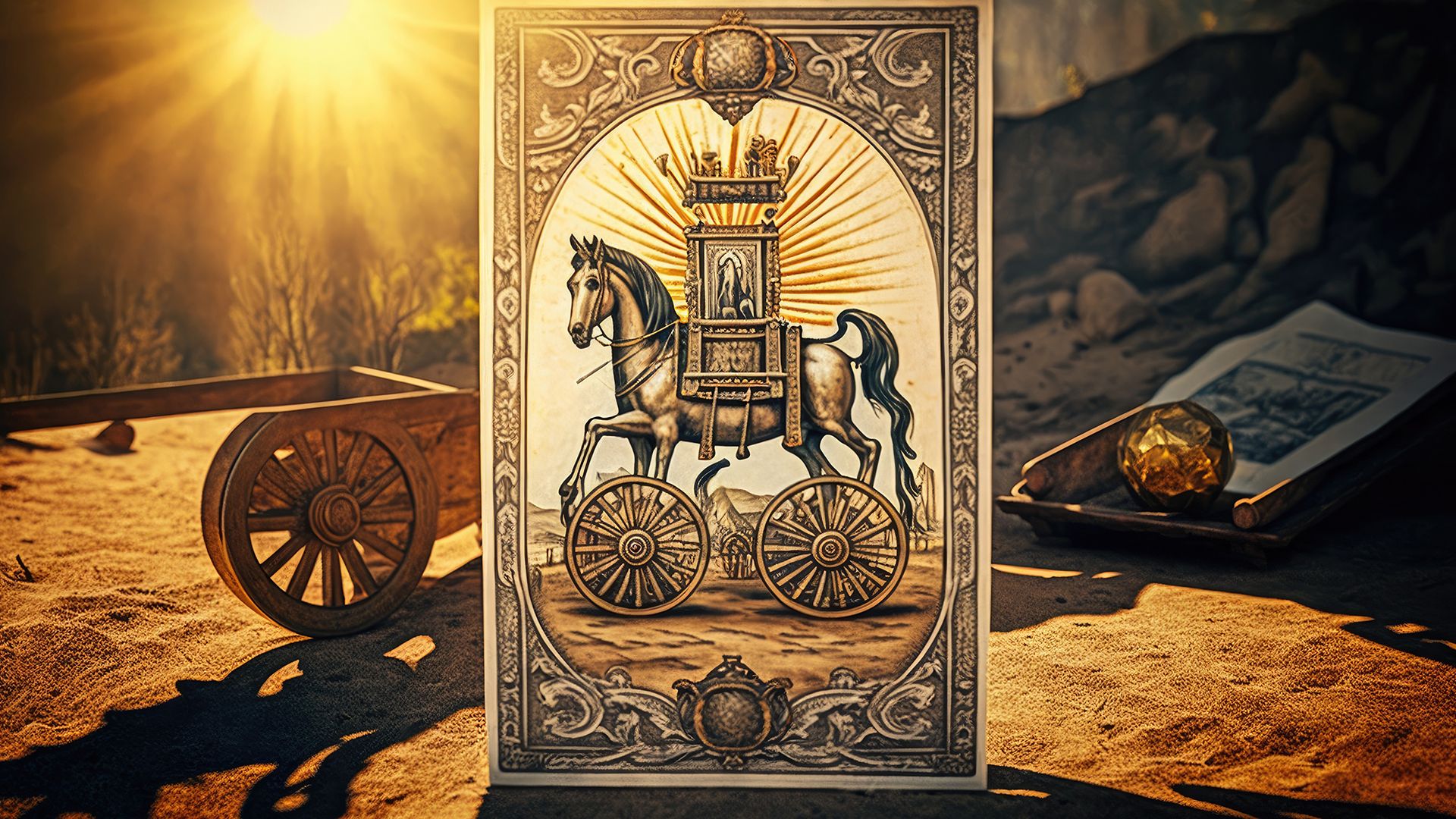
The Meaning of The Chariot Card in Love in the Upright Position
When "The Chariot" shows up upright in your love reading, here's what it means according to zoomboola.com's tarot experts:- Love is about to shift. This card signals relationship changes - you might be ending old patterns, starting fresh, or discovering new dynamics with your partner.
- Time to move forward. The Chariot suggests you're finally breaking through those relationship roadblocks and resolving ongoing conflicts.
- Love wins. This card points to relationship success - you're achieving your romantic goals and finding real harmony together.
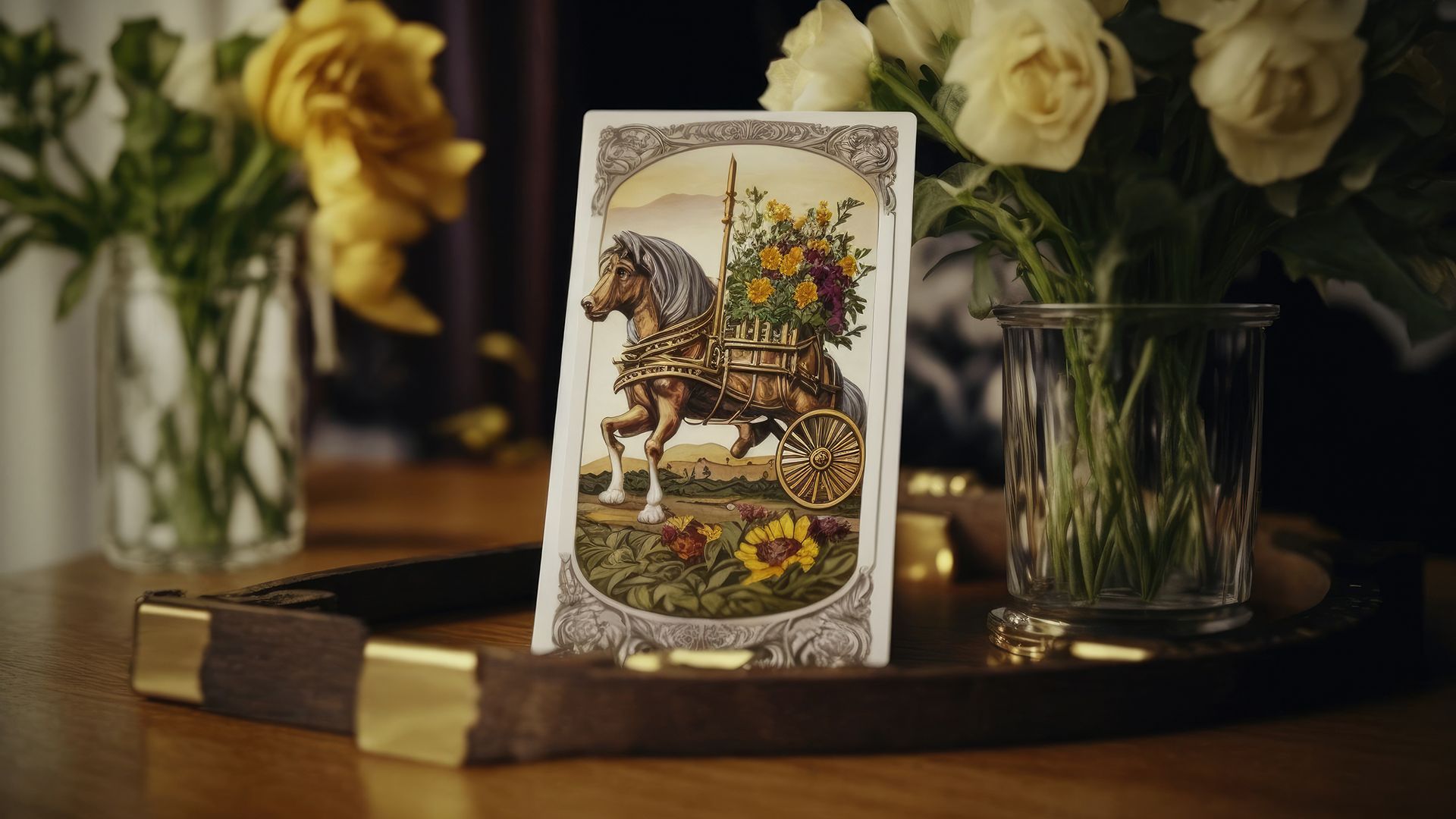
The Meaning of the Reversed Chariot Card in Love
When "The Chariot" flips reversed in your love reading, watch out for:- Relationship stagnation. While upright Chariot means progress, reversed signals you're stuck - whether from internal blocks or external obstacles keeping you from moving forward together.
- You're losing control and balance, which creates chaos and instability between you two.
- You're missing chances or can't grab them when they appear - your relationship might even slide backward.
- Love failure. Reversed Chariot can mean serious fights, feelings going cold, or intimacy problems.
- Total imbalance. The reversed card shows harmony breaking down - often because one partner can't control their emotions or impulses.
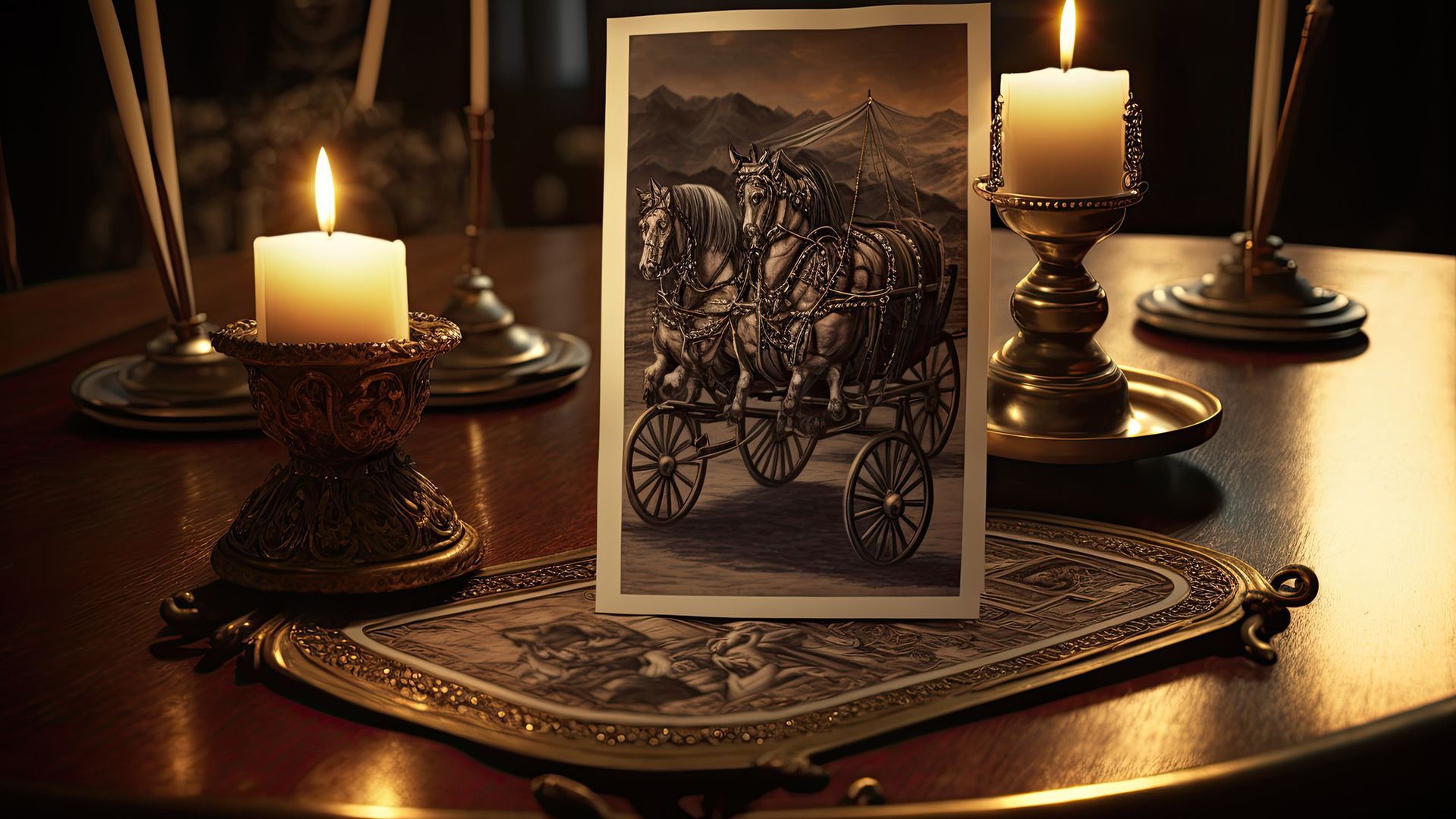
The Chariot as the Card of the Day
When The Chariot appears as your "Card of the Day," here's what it means:- Upright position: The Chariot upright signals new opportunities, upcoming changes, and promising prospects you shouldn't let slip by.
- Reversed position: The Chariot reversed suggests you're stuck in place, unable to move forward. You might hit roadblocks today that keep you from reaching your goals. You'll need to find your balance again and push through these challenges.
What the Chariot Card Warns About
The Chariot offers warnings or guidance depending on your specific question and situation. Here's what The Chariot typically warns about:- Warning of changes. The Chariot signals major changes heading your way. These might involve your circumstances, your role in life, or fresh opportunities. The card urges you to embrace these changes as chances to grow.
- Advice to move forward. The card warns against getting too comfortable where you are. This applies to your career, personal growth, or relationships.
- Warning of stagnation: The card warns about getting stuck in a rut because of self-doubt, low confidence, or deliberately avoiding new opportunities.
Zoomboola
